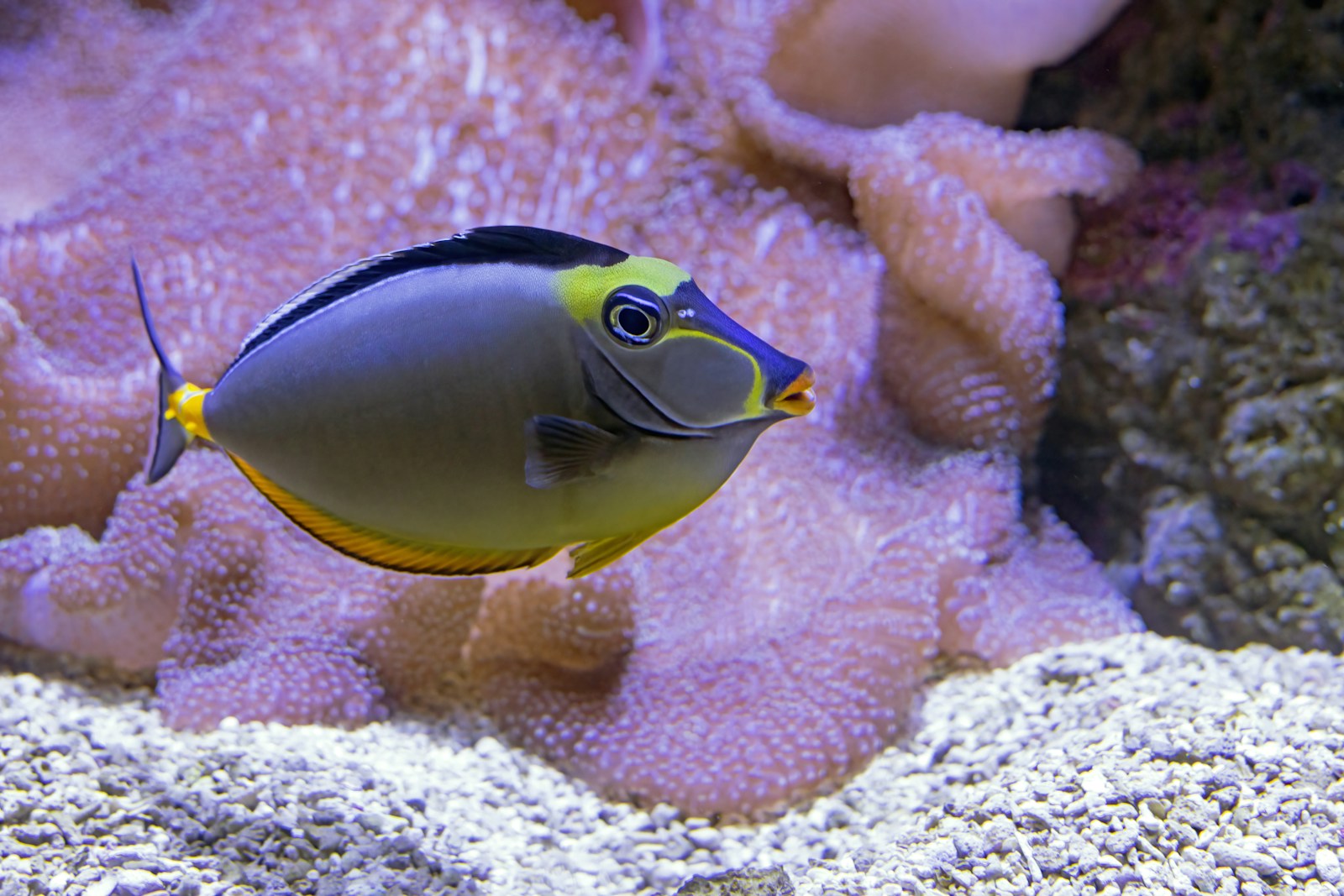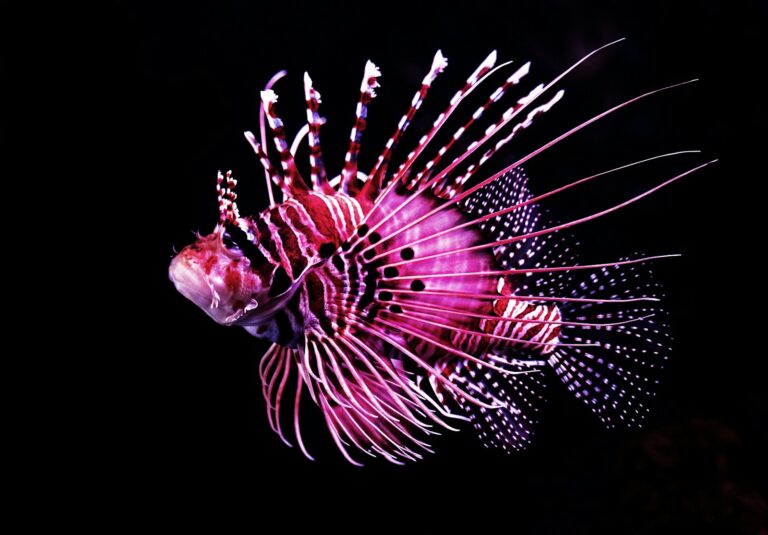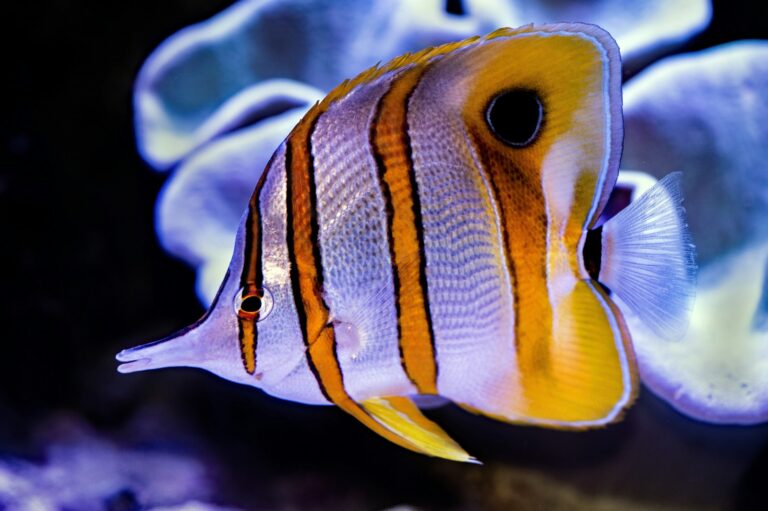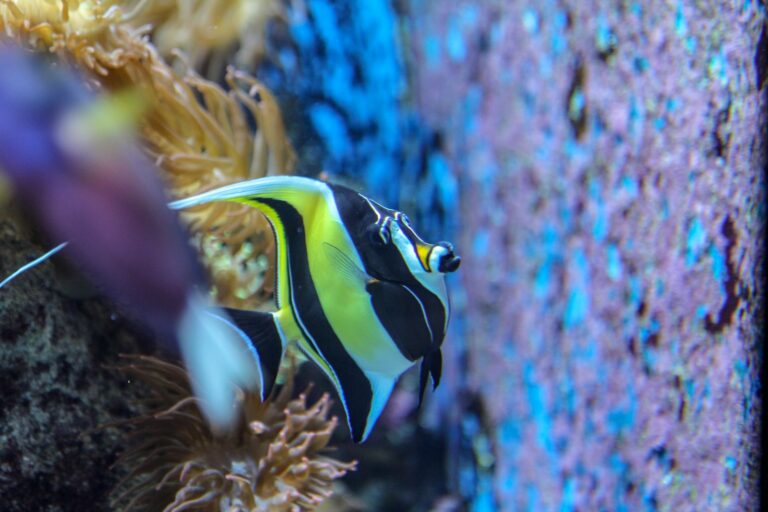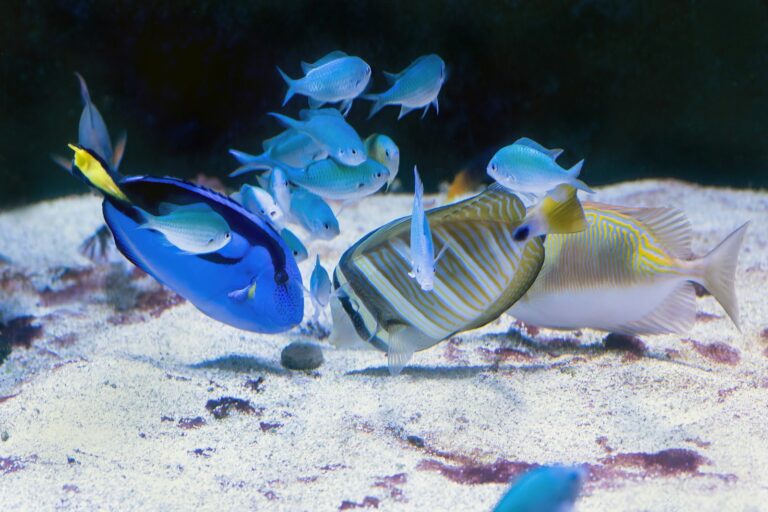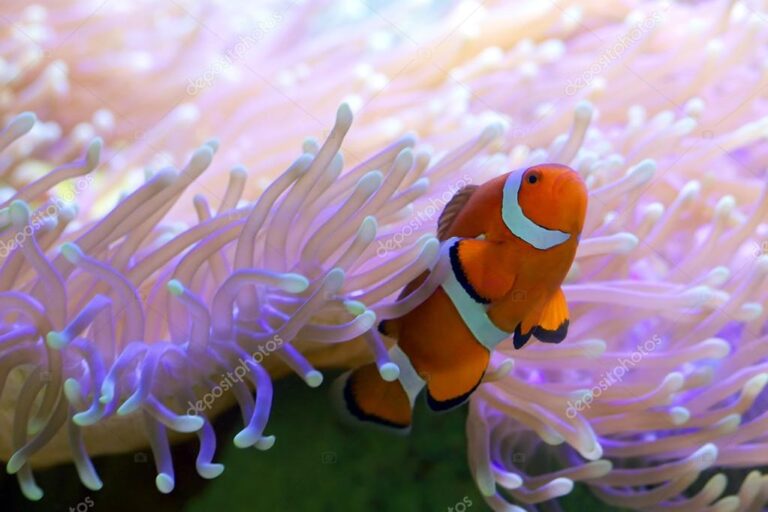A Beginner’s Guide to Surgeonfish for Saltwater Aquariums

Known for their vivid colors and playful personalities, Surgeonfish are among the most popular choices for saltwater aquarium enthusiasts. Whether you’re captivated by the cheerful Yellow Tang or dreaming of adding a stunning Blue Tang (yes, like Dory!) to your tank, Surgeonfish can bring vibrancy and life to your saltwater setup. However, keeping these majestic fish requires a good understanding of their unique needs.
This guide will walk you through the essentials of caring for Surgeonfish, from selecting the right species to addressing common challenges, ensuring a thriving and responsible home for your finned friends.
What Are Surgeonfish?
Surgeonfish, also known as tangs, belong to the family Acanthuridae with about 86 species distributed across tropical oceans. Their name comes from the razor-sharp scalpel-like spines near their tails, which they use for defense.
Commonly adored for their eye-catching colors and active behavior, Surgeonfish are prized additions to saltwater aquariums. They’re also algae grazers, making them invaluable helpers in maintaining a healthy reef setup.
However, they’re not beginner-friendly for one simple reason—they demand highly specific care. As Dr. Emily Carter, Marine Biologist, explains, “Surgeonfish add vibrancy to any saltwater setup, but understanding their specific needs is crucial for their well-being.” Let’s break down their unique requirements.

Understanding Surgeonfish Needs
1. Tank Size
Surgeonfish are active swimmers and require ample space to thrive. It’s crucial to choose a tank size based on their adult size and activity level.
- Small Surgeonfish (e.g., Yellow Tang): Minimum 75 gallons.
- Medium Surgeonfish (e.g., Kole Tang): 90-120 gallons.
- Large Surgeonfish (e.g., Sohal Tang): 180+ gallons.
It’s also important to remember that overcrowding can lead to stress and aggression. When in doubt, go bigger!
2. Water Parameters
Maintaining stable water conditions is a must for these sensitive creatures. Here are the recommended parameters for a healthy Surgeonfish habitat:
- Temperature: 75°F–82°F
- pH Levels: 8.1–8.4
- Salinity (Specific Gravity): 1.020–1.025
- Ammonia/Nitrite Levels: 0 ppm (they are highly sensitive to toxins)
Invest in reliable testing kits to monitor water quality closely. “When I improved water quality for my Blue Tang affected by Head and Lateral Line Erosion (HLLE), the difference was night and day,” recalls one aquarist.
3. Diet and Nutrition
Surgeonfish are primarily herbivores, requiring a diet rich in marine-based algae to mimic their natural reef environment. While their primary food should include nori (seaweed) and algae-based pellets, variety is key.
- Staples: Nori, spirulina, and high-quality herbivore pellets.
- Treats: Blanched zucchini, spinach, and occasional frozen mysis shrimp.
“Proper quarantine and a varied diet are key to preventing common Surgeonfish diseases,” emphasizes experienced aquarium keeper John Smith. Supplementing their meals with vitamins (such as Vitamin C) can further boost their immune system.
4. Compatibility and Tankmates
While Surgeonfish can coexist peacefully with other saltwater species, aggression may arise, especially between multiple tangs. Sarah Lee, Aquarium Specialist, advises, “When selecting Surgeonfish, always consider the adult size and temperament to ensure a peaceful community tank.”
- Avoid housing similar-shaped or color Surgeonfish together in smaller tanks, as it may trigger territorial behavior.
- Compatible tankmates include clownfish, gobies, and peaceful wrasses.
- Introduce Surgeonfish last into an established setup to reduce aggression.

Selecting the Right Surgeonfish
Not all Surgeonfish are created equal, and selecting the right species for your tank is key to success. Here’s a quick guide based on experience level and tank size.
Beginner-Friendly Choices
- Yellow Tang: Vibrant, hardy, and perfect for tanks of 75+ gallons.
- Kole Tang: Docile and manageable in tanks as small as 70 gallons for beginners.
Intermediate Choices
- Blue Tang (Regal Tang): Stunning, active swimmers requiring 100+ gallons.
- Scopas Tang: Excellent algae-eater but may display aggression.
Expert Choices
- Sohal Tang: A magnificent species for aquarists with tanks of 180+ gallons and extensive experience, but handle with care due to their aggressive tendencies.
Common Challenges and How to Solve Them
Despite their beauty, Surgeonfish come with their own set of challenges. Here’s how to handle them to keep your fish happy and healthy.
1. Disease Risks
Surgeonfish are prone to marine ich and HLLE, both stress-induced ailments. Implement these precautions to minimize risk:
- Quarantine New Fish: Always quarantine new arrivals for at least 2-4 weeks.
- Maintain Water Quality: Frequent testing and water changes are crucial.
Case Study: Overcoming HLLE
After noticing lesions on his Blue Tang, one hobbyist reported success using vitamin-enriched nori and improving water flow, which significantly reduced HLLE after two months.
2. Aggression Management
Prevent aggression by spacing out introductions over several weeks. Rearrange tank decorations to disrupt territories when adding new fish.
Case Study: Peaceful Coexistence
One successful aquarist kept a Purple Tang and Yellow Tang together by maintaining a spacious 150-gallon tank with plenty of hiding spaces and algae-covered rocks, fostering minimal aggression.
3. Diet Deficiencies
If your Surgeonfish appears lethargic or underweight, evaluate its diet. Supplement seaweed with fresh vegetables and herbivore-specific pellets to restore energy levels.

Responsible Surgeonfish Keeping
Surgeonfish are rewarding but challenging fish to care for. Their beauty and algae-grazing habits make them an asset to any saltwater aquarium, but their needs require diligence and commitment.
By maintaining a large tank, stable water conditions, and offering a varied diet, you’ll provide an ideal environment where your Surgeonfish can truly thrive. Equally, investing in proper tankmates and observing their behavior ensures a healthy and harmonious underwater community.
Remember Dr. Emily Carter’s words, “Understanding their specific needs is crucial for their well-being.” And if you face challenges, know that the thriving reef tank you envision is absolutely achievable—one step at a time.

